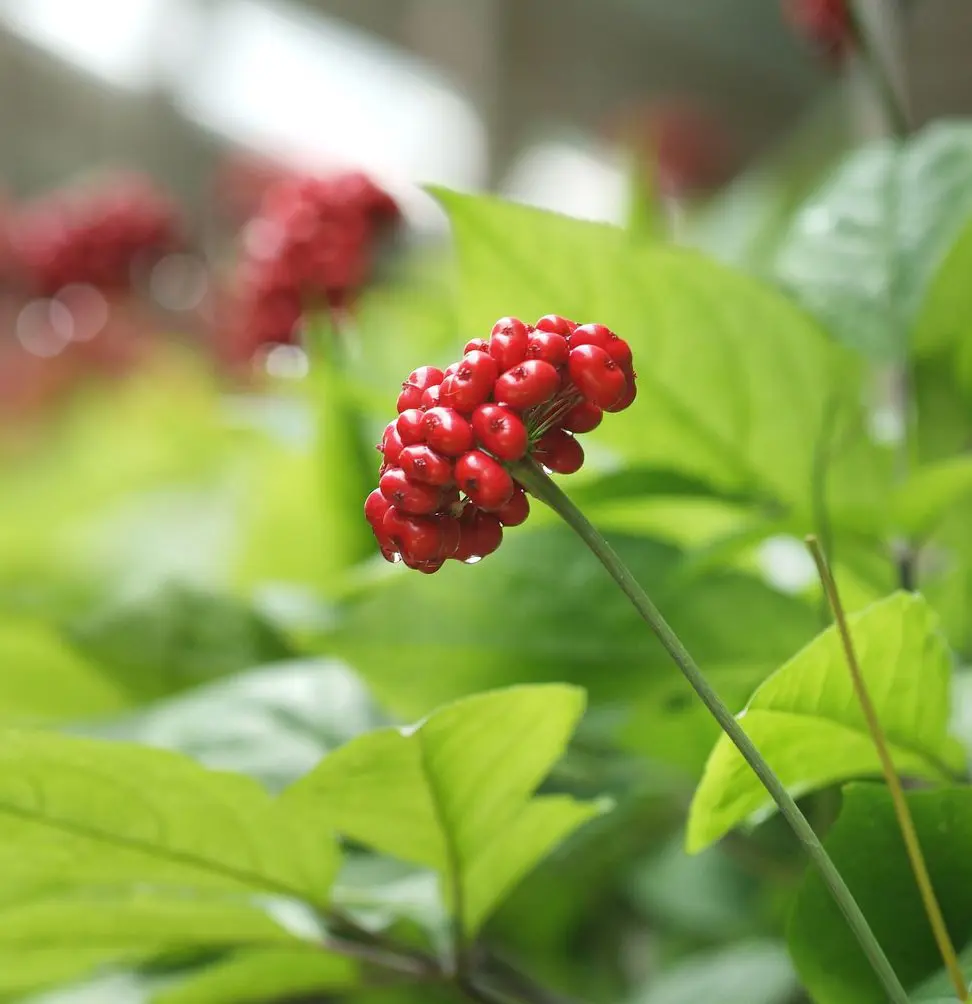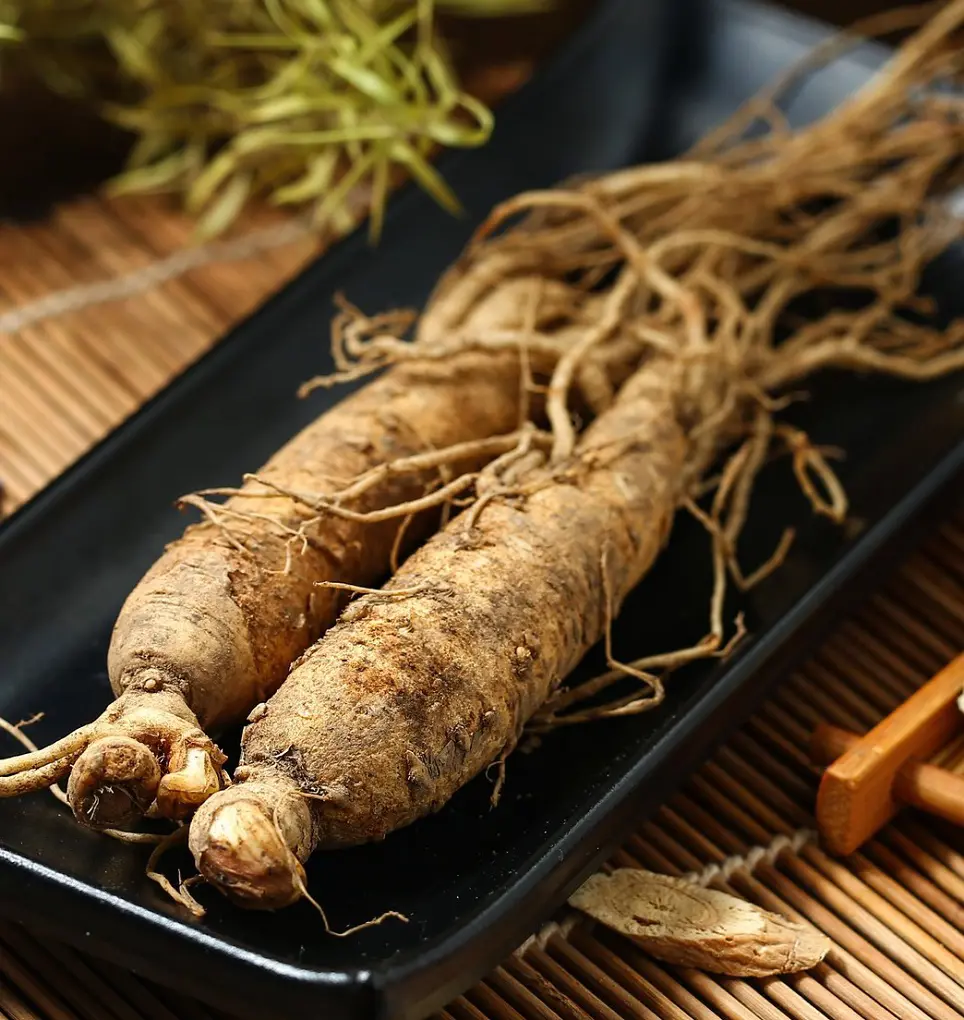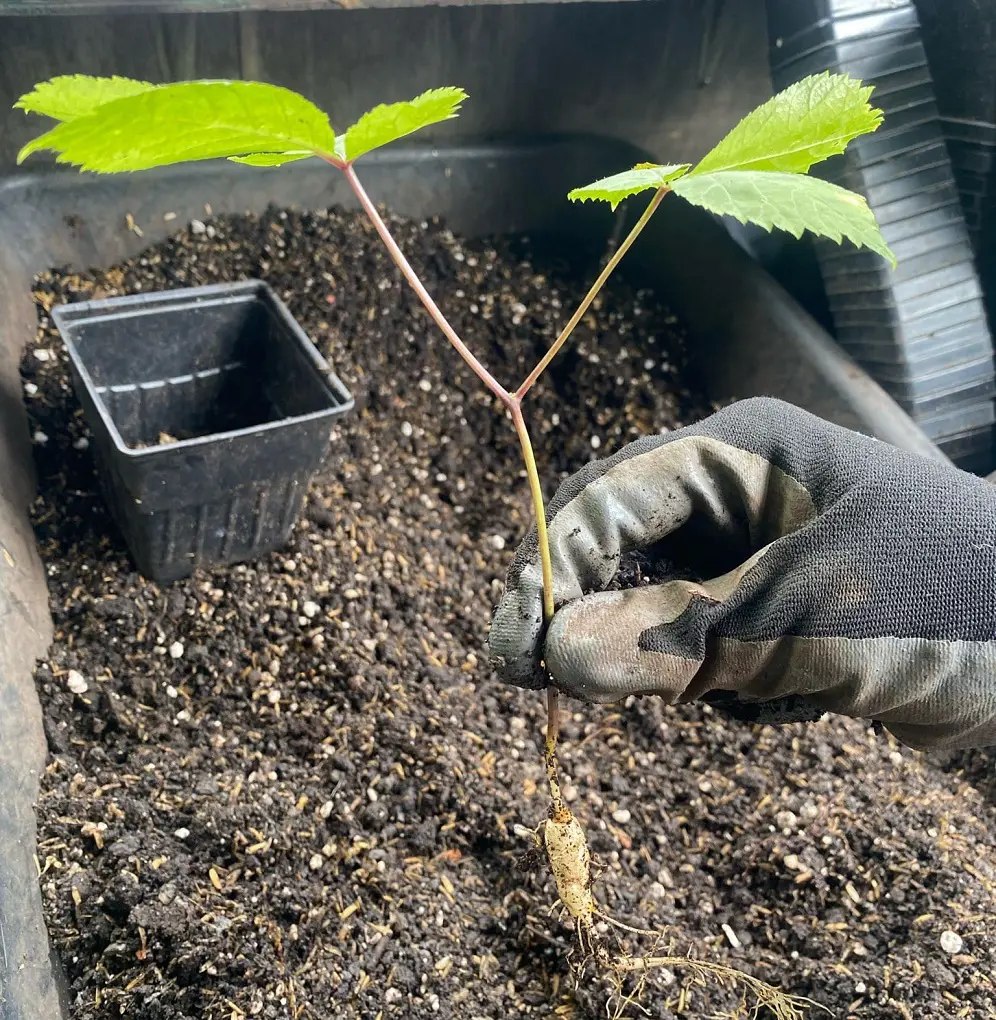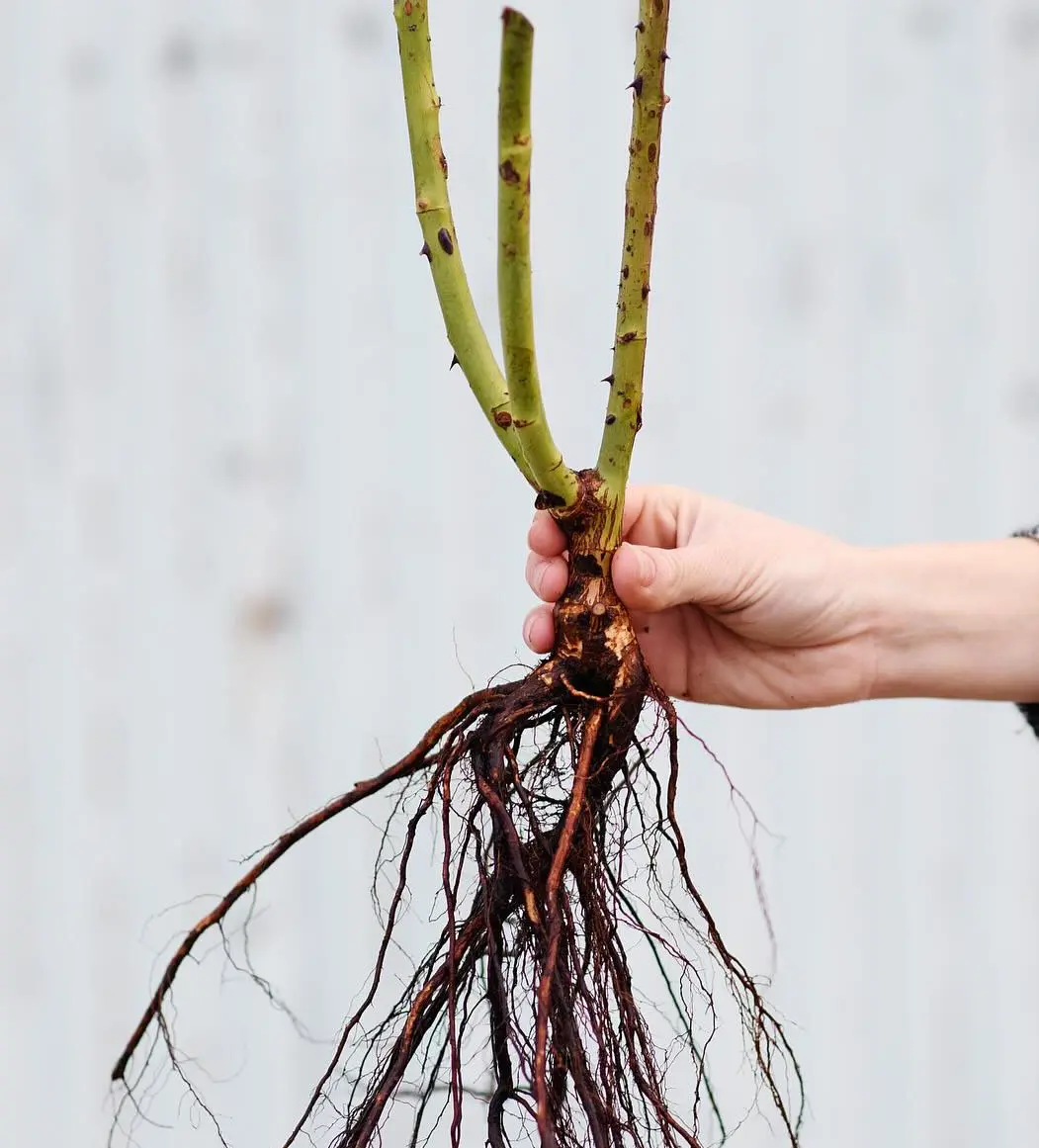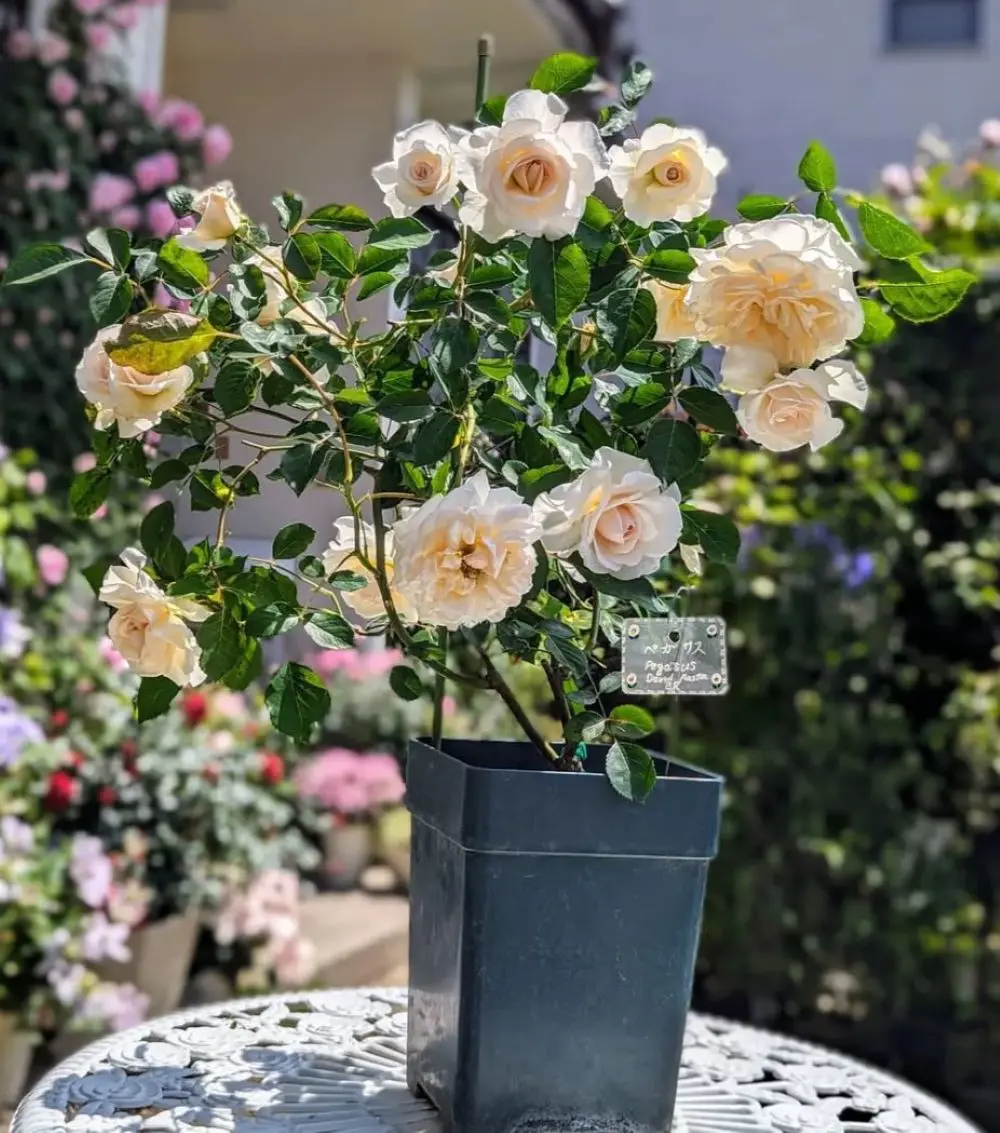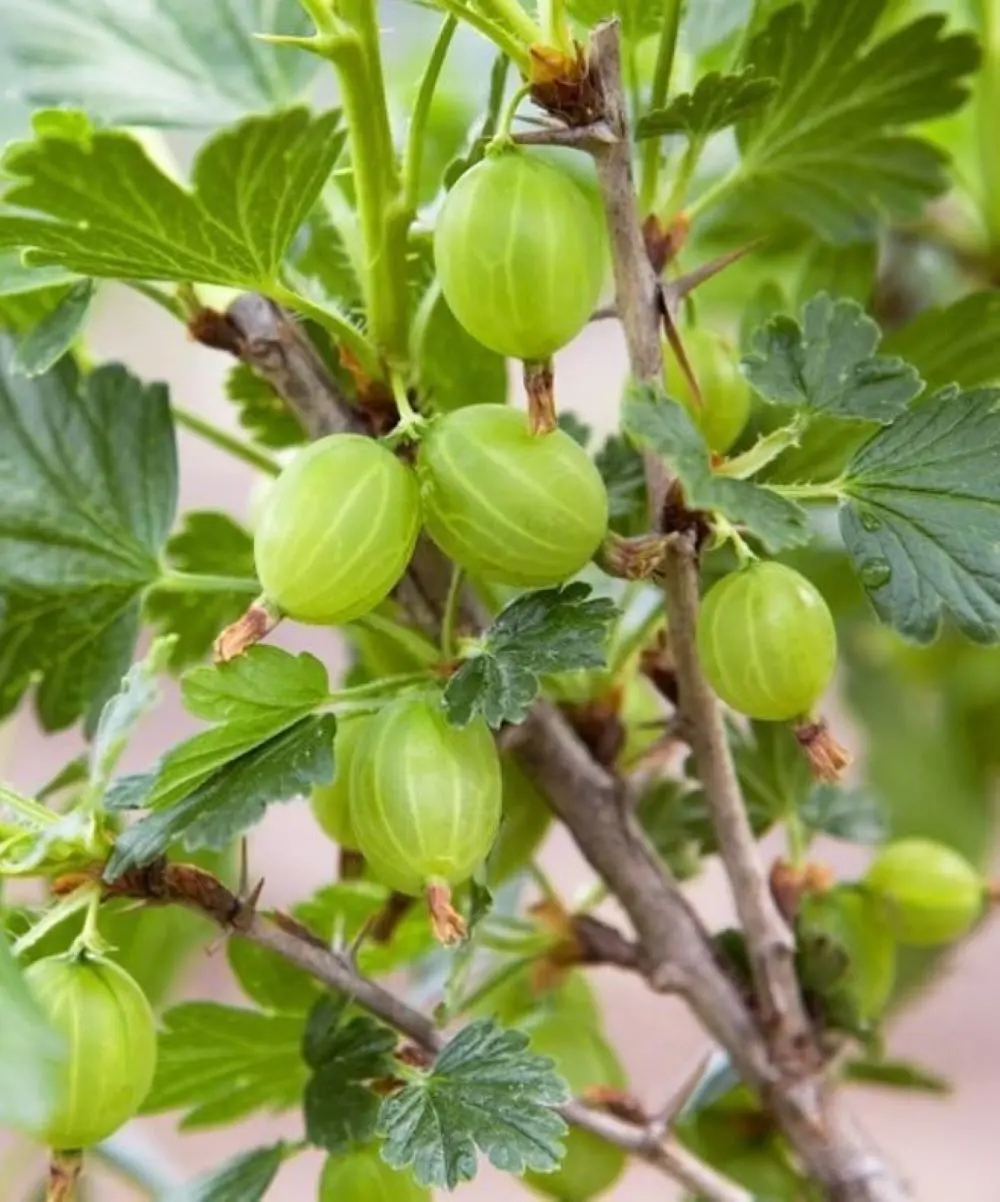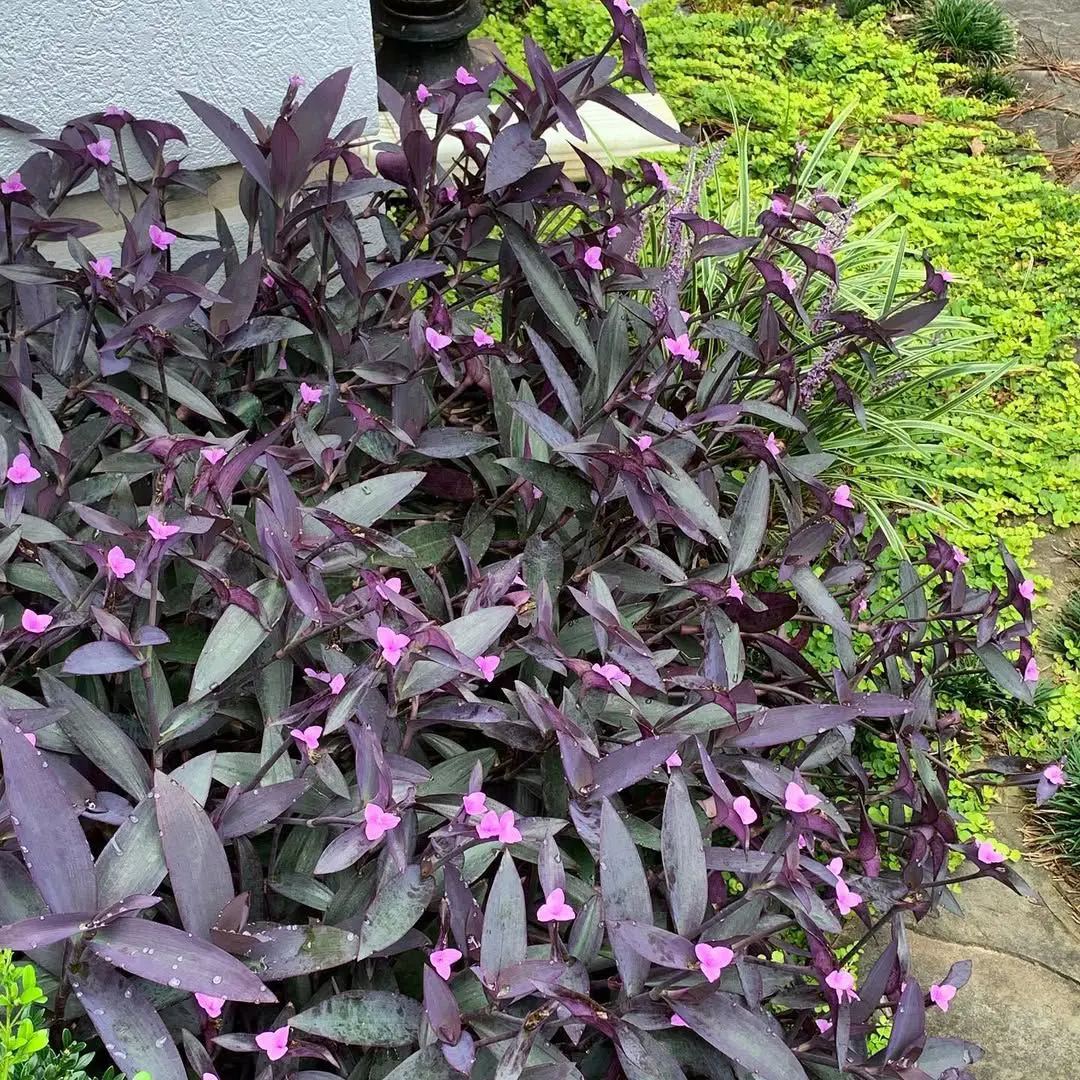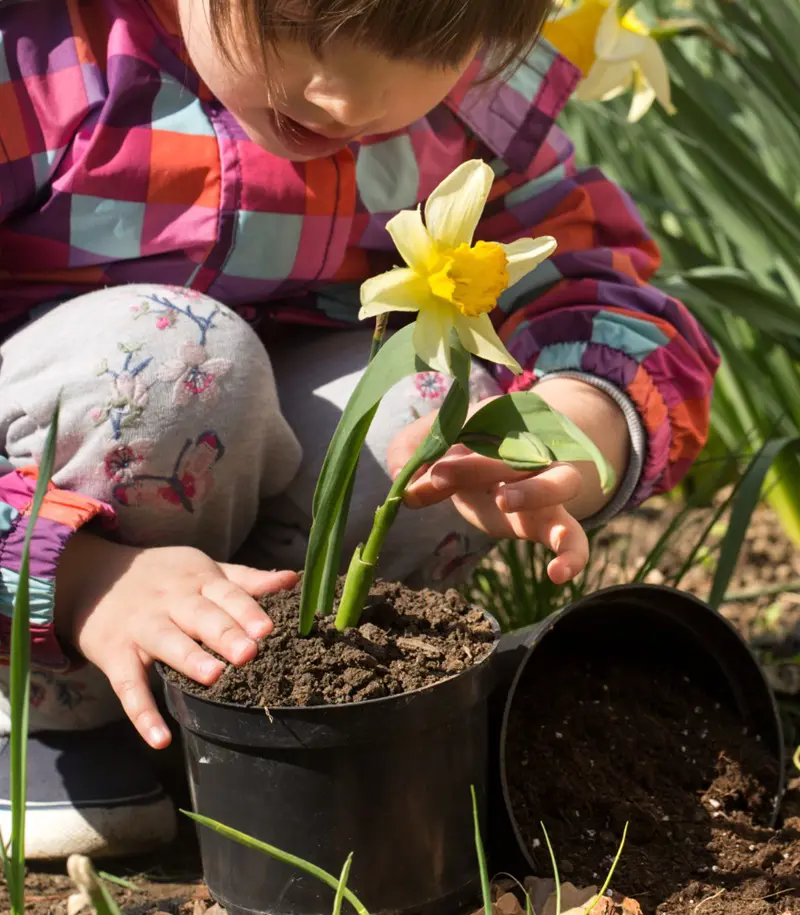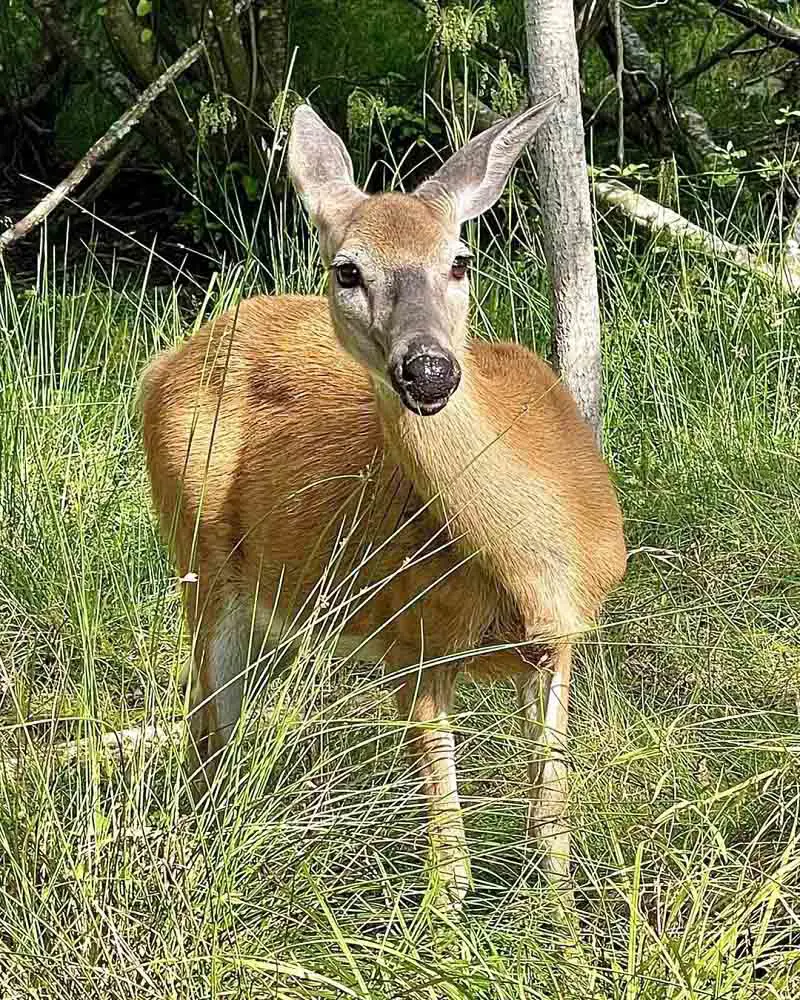About Ginseng
For centuries, the slow-growing perennial Panax ginseng, with its distinctively forked root, has attracted a great deal of interest in traditional Eastern medicine. The name itself alludes to the human nature of the root; it is taken from the Chinese term Renshen, which means "man root."
Renowned as a possible herbal cure-all, ginseng has been linked to improved mental clarity, increased energy, reduced stress, and anti-inflammatory effects.
A similar species, Panax Quinquefolius (American ginseng), was found after it was brought to North America in the 18th century, further establishing ginseng's status as a much sought-after herbal treatment.
But in the 20th century, overexploitation forced the US government to impose stringent laws on both growing and gathering wild ginseng. The pricey root is still widely accessible in pill form, herbal teas, and energy beverages, but ginseng's reputation endures.
Overview of Ginseng
- Scientific Name: Panax ginseng (Asian ginseng), Panax quinquefolius (American ginseng)
- Common Names: Ginseng, Asian ginseng, American ginseng, Ren Shen (Chinese)
- Plant Type: Perennial herb
- Native Habitat: Panax ginseng: East Asia (China, Korea, Russia); Panax quinquefolius: North America (Eastern U.S., Canada)
- Growth Conditions: Prefers cool, shaded environments similar to its natural forest habitat
- Soil Requirements: Well-drained, rich in organic matter, slightly acidic to neutral pH
- Propagation Methods: Seeds, root cuttings
- Growth Period: Normally takes 5-7 years to reach maturity for harvest
- Medicinal Uses: Traditionally used to boost energy, reduce stress, enhance cognitive function, and support immune health
- Market Value: High; especially valuable in traditional medicine markets and as a commercial crop
- Challenges: Requires patience and long-term care; susceptible to pests, diseases, and specific growing conditions.
